TSI-TI-95
TSI TI-95 Tire Inspector Machine
$6,147.99
MTP-55T
MTP 55" Dia. Tire & Tube Dunker Kit
From $1,550.00
TSI-TI-96
TSI TI-96 Tire Inspector for Truck, Bus, Heavy Truck Tires
$10,503.99
X-14-298
Xtra Seal 14-298 Tire Repair Hand Tools Starter Kit
$124.65
MTP-39ED
MTP 39" Dia. Tire & Tube Dunker Kit - 39ED
$1,295. 95
585
Rema Seal Inserting Tool
From $12.95
68-213
AA Quick Change Chuck Adapters (Ea)
From $9.21
67-451
AA Extra Large Test Tank for Tire and Tube
$138.95
64-030
AA Carbide Cutter (Ea)
From $16.95
BR-5045
Branick 5045 Manual Tire Spreader For Car/LT w/ Light
$615.00
56-011
AA Needle Replacement for Inserting Tools (Ea)
From $3.95
54-210
AA Plug-Em-Gun 5/16" Plugs For Bias Radial Tires (25/Box)
$14.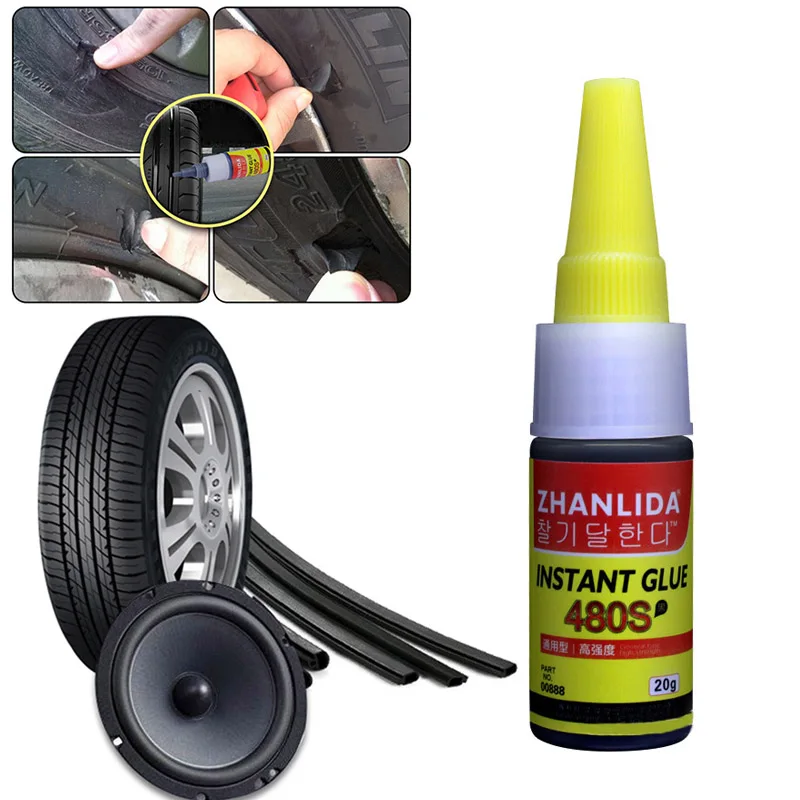 80
80
3050-RB
Rema Rep-Boy Deluxe Tire Repair Station
$285.00
6002
Rema Super Radial Anchor-Seal Insertion Tool
$29.95
RH-100
Rema Flared Contour Wheel - 3/8" AH (Ea)
From $29.94
2 reviews67-81309
AA Wheel / Rim Straightening Tool
$135.00
68-688
AA Two Cup Rasps Mounted Back To Back On Arbor
$17.95
H-N-1420H
Haltec Metal Truck Tire Tread Depth Gauge - N-1420H
$26.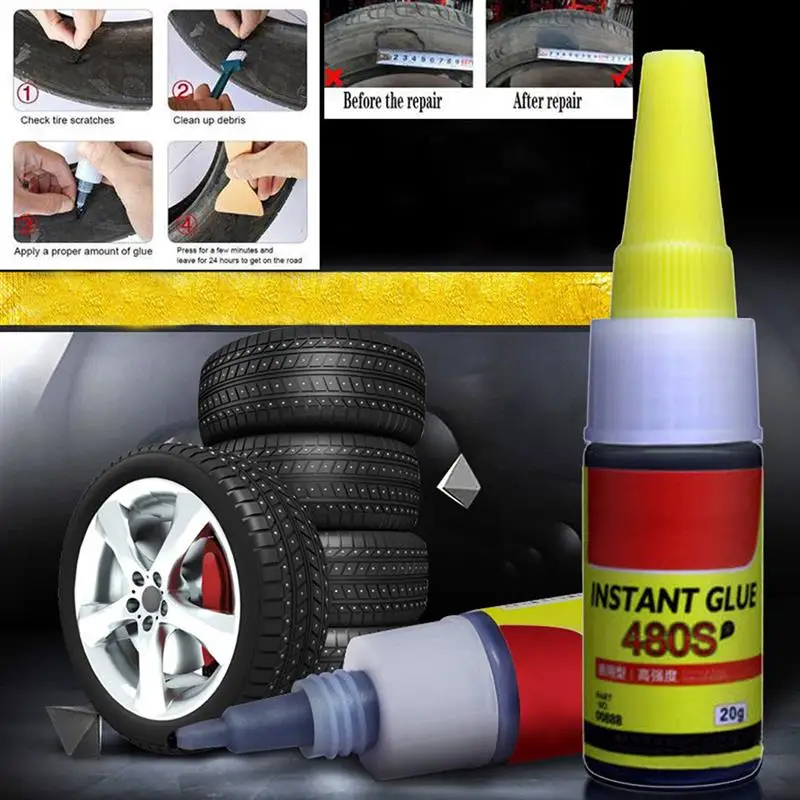 95
95
BTC-BSTTPG200
Bartec TPG200 Bluetooth Tire Pressure and Tread Depth Gauge
$995.00
BR-5200
Branick 5200 Truck Tire Spreader, Air Powered, Roll-On
$2,175.00
Shop Now
Automotive or Commercial? The choice is yours. Both Loaded TECH 100 Cabinets ship complete with everything you need to perform proper tire repairs. The Automotive Tire Cabinet T100CCA and the Commercial Tire Cabinet T100CCC are the perfect way outfit a new shop, update your existing tools or equip a new service technician.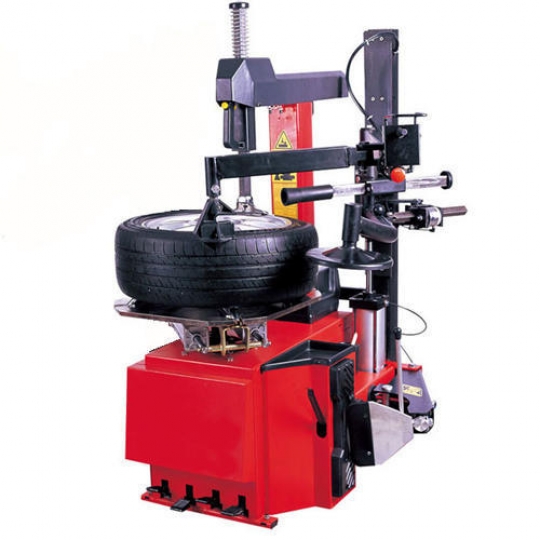
Shop Now
The tire and wheel authority that technicians around the world trust. Because everything is riding on the quality of your tire repair.
Shop Now
Get a free all-access pass to all of our online tire repair training videos. No credit card. No obligation. Try TECH University FREE for 12 Months.
Sign Up Today!
TECH is the global tire & wheel authority that revolutionized the industry with the creation of cold vulcanization technology. That legacy of innovation continues today with TECH’s world-class lineup of tire repair and wheel service products. TECH’s complete line of repairs, tools and equipment enables technicians worldwide to get everything from passenger cars to commercial trucks to off the road equipment rolling again. TECH is ISO 9001:2015 certified and an approved GSA government bid contractor. TECH…The Global Tire and Wheel Authority Technicians Trust!
One-touch operation, auto-on upon sensing pressure!
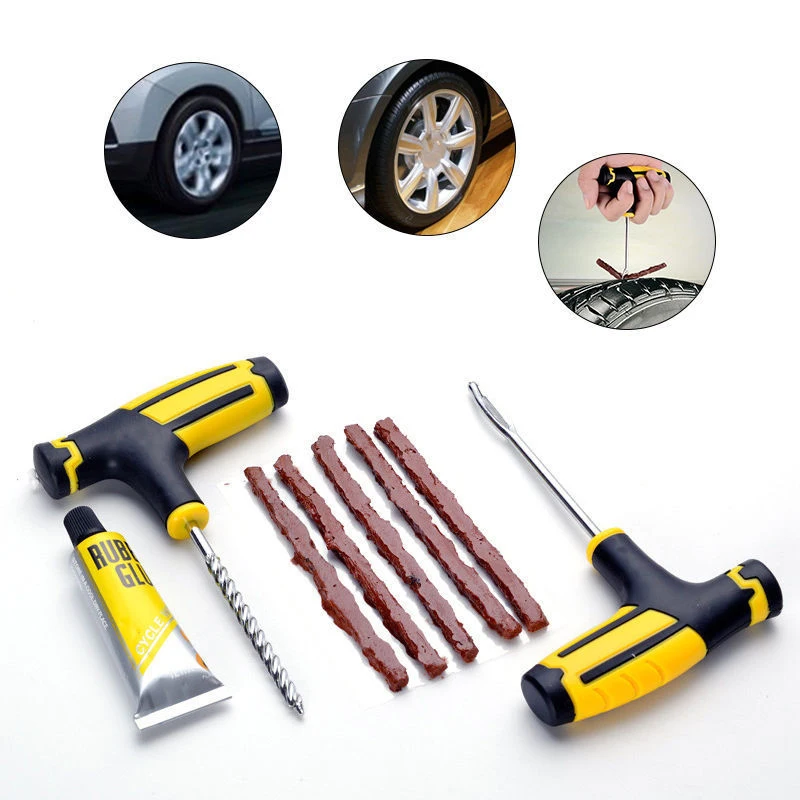
PURCHASE TODAY
Half the size – Twice the Bead Seating Power!
PURCHASE TODAY
No air hoses, No cords! Do Tire Repairs Anywhere with Milwaukee Cordless Power Tools

PURCHASE TODAY
Quickly and Easily Add The Right Amount of Balancing Beads to Any Size Tire!
PURCHASE TODAY
In Stock and Ready To Ship!
PURCHASE TODAY
In Stock and Ready To Ship!
 Sensor Warranty.
Sensor Warranty.PURCHASE TODAY
TECH now has a complete library of tire and wheel repair training videos available online. For only $50, get an annual subscription to train all of your service technicians.
Plus, the first 100 subscribers can receive a 25% discount by using the code TRC25!
If you have any questions, contact your TECH Distributor or reach the TECH Training Team at [email protected].
Learn More
Streamline your inventory management with TECH’s TPMS Replacement Part Starter Kit!
Covers the most popular vehicles.
Total of 64 valves and TPMS sensor service kits.
DOWNLOAD FLYER
PURCHASE TODAY
TECH produced tire repairs are endorsed and are used by the world’s largest tire manufacturers/retreaders and their subsidiaries.
Shop Now →
TECH pioneered the chemical vulcanization process over 80 years ago and offers a complete range of specialty chemicals.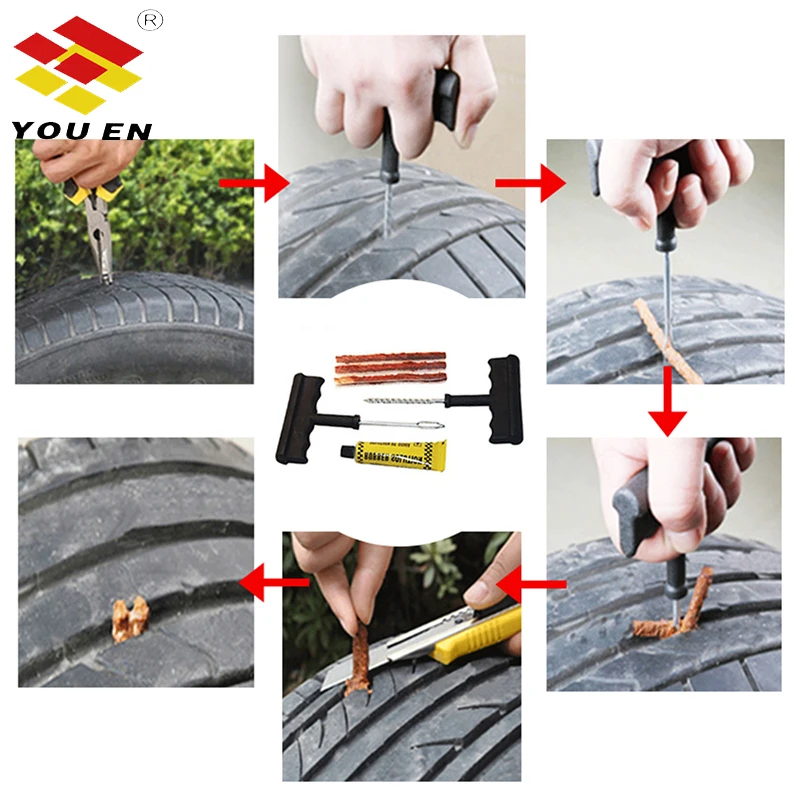
Shop Now →
TECH’s complete line of service tools and equipment are designed specifically to meet the needs of tire technicians around the world.
Shop Now →
TECH offers a comprehensive line-up of wheel and tire supplies for virtually every application.
Shop Now →
TECH™ Tire Repairs products are trusted in many industries and tire applications from passenger tires to agriculture and ATVs.
Click on the image to find the right TECH™ Tire Repair products for your tire >>
Learn More
TECH™ provides all of the products needed to complete a proper tire repair that is certified by global tire manufacturers.
Learn more about our global brand, and how we impact the 4r future
Visit TRC
Removable display, recording
nine0006We have been working since 2001
Completed orders - 23346
Orders in 30 days - 151
nine0004 For example: Thickness gauge Autotest20 500 ₽
nine0031 Vulcanizer AC 107 is now in your shopping cart178 000 ₽
Tire Deflector #1 is now in your shopping cart nine000614 000 ₽ 22000P
Side expander is now in your shopping cart46 000 ₽ nine0005 Balancing machine #1 is now in your shopping cart
500 ₽
Tire Changer Consumables #2 is now in your shopping cart15 000 ₽
Jack trolley for removing and transporting car doors is now in your shopping cart95 500 ₽
nine0031 Tire Deflector #2 is now in your shopping cart60 000 ₽
Pneumatic cargo expander with lifting table is now in your shopping cart nine000671 500 ₽
Balancing machine #2 is now in your shopping cart350 ₽
nine0031 Tire fitting consumables #3 are now in your shopping cart8 900 ₽
Vulcanizer AS-109 is now in your shopping cart42 000 ₽
Balancing machine #3 is now in your shopping cart128 000 ₽ nine0005 Tire beader #3 is now in your shopping cart
7 000 ₽
Expander is now in your shopping cart340 ₽
Tire fitting consumables #4 are now in your shopping cart46 500 ₽
nine0031 Balancing machine #4 is now in your shopping cart91 500 ₽
Tire Deflector #4 is now in your shopping cart320 ₽
Tire fitting consumables #5 are now in your shopping cart4 500 ₽
nine0031 Bead expander is now in your shopping cart8 500 ₽
Vulcanizer Mikron is now in your shopping cart nine000674 000 ₽
Tire beader #5 is now in your shopping cart500 ₽
nine0031 Tire fitting consumables #6 are now in your shopping cart10 000 ₽
Micron-T vulcanizer is now in your shopping cart92 500 ₽
Tire beader #6 is now in your shopping cart10 300 ₽
nine0031 Vulcanizer Kid is now in your shopping cart350 ₽
Tire fitting supplies #7 are now in your shopping cart12 700 ₽
Vulcanizer Malysh-T is now in your shopping cartTire changer
Vulcanizers Tire vulcanizer
Buy balancing machine
bead expander
According to history, one day in 1888, an English veterinarian and cyclist, John Dunlop, tired of shaking through the countryside of Britain on molded rubber tires, glued a piece of water hose with a ring and pumped it up with a football pump - this is how the first pneumatic tire appeared. nine0005
nine0005
History is silent when it was pierced for the first time - but most likely it happened in the same year. So the need for tire repair appeared simultaneously with their appearance.
Puncture required cut with burrOver the past 124 years, tire repair technology has been brought to almost perfection. For several decades (after tubeless tires in the vast majority gave way to tubeless ones), the procedure for repair has practically not changed. nine0005
This procedure is outwardly quite simple - and car owners (as well as some of the workshop workers offering this service) have the false impression that it is not particularly important to follow the prescribed technology exactly - they say, "it will do." And many "specialists" do not really know the technology. And therefore they sincerely believe: why do we need all sorts of "extra" actions? Why take the tire off the rim when you can keep the wheel off the car at all? The client is in a hurry - so you can plug a puncture (and a cut) with a cord, as they say, “on the go”.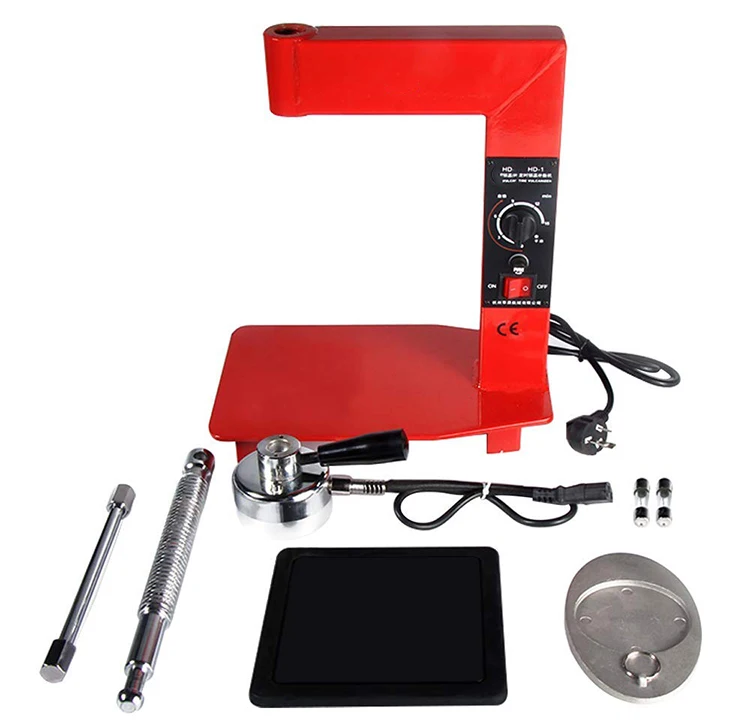 Does not poison the air, and everyone is happy. By the way, some workshops that promise “repair of punctures and cuts” do not have anything at all, except for cords and an awl for their installation. nine0005
Does not poison the air, and everyone is happy. By the way, some workshops that promise “repair of punctures and cuts” do not have anything at all, except for cords and an awl for their installation. nine0005
In fact, each stage of tire repair technology is, as they say, "written in blood" - like military regulations and safety instructions. And this is not an exaggeration: it’s not worth saying what a sudden rupture of a wheel threatens at speed - if people don’t die, it means that they are very lucky ...
We asked our expert, one of the heads of the Russian representative office of the German company "REMA TIP-TOP GmbH" Alexander Akhapkin, to talk about tire repair technology and those common mistakes (or even outright hack work) that car owners have to face. nine0005
- Tire repair, in general, comes down to a simple and understandable action: you need to plug the resulting "hole" in it. It sounds simple - like the instructions for skydiving: stepped out of the plane and pulled the ring.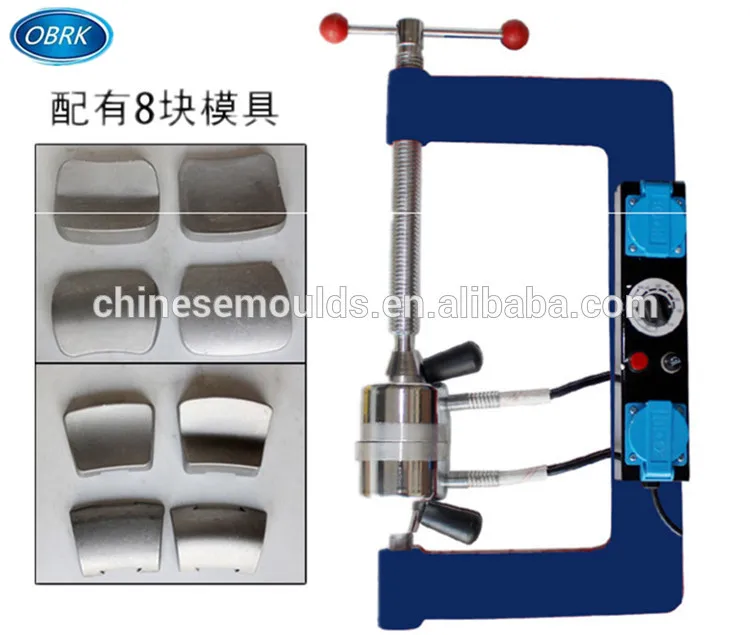 Only now, no one jumps with a homemade parachute, especially one packed according to rumors and advice from neighbors. Although the consequences of such a jump and improper tire repair are quite comparable.
Only now, no one jumps with a homemade parachute, especially one packed according to rumors and advice from neighbors. Although the consequences of such a jump and improper tire repair are quite comparable.
So let's go in order: how to do it!
So, the first step: determine the type of damage - is it a puncture or a cut? nine0005
The difference, of course, is in size. Roughly speaking, if no more than 1-2 cord threads are damaged, then this is a puncture. Anything more is a cut.
If it is a cut, it is important to determine its size. Tires have speed categories - and the higher it is, the smaller the amount of damage that can be repaired. For example, it is allowed to repair the tread of a category Q tire (not higher than 160 km/h) if the damage is not more than 20 mm. If the tire category is S (up to 180 km / h), then the size of the permissible damage is not more than 12 mm. And on a category H tire (up to 210 km / h), only a puncture with a diameter of not more than 3 mm can be repaired.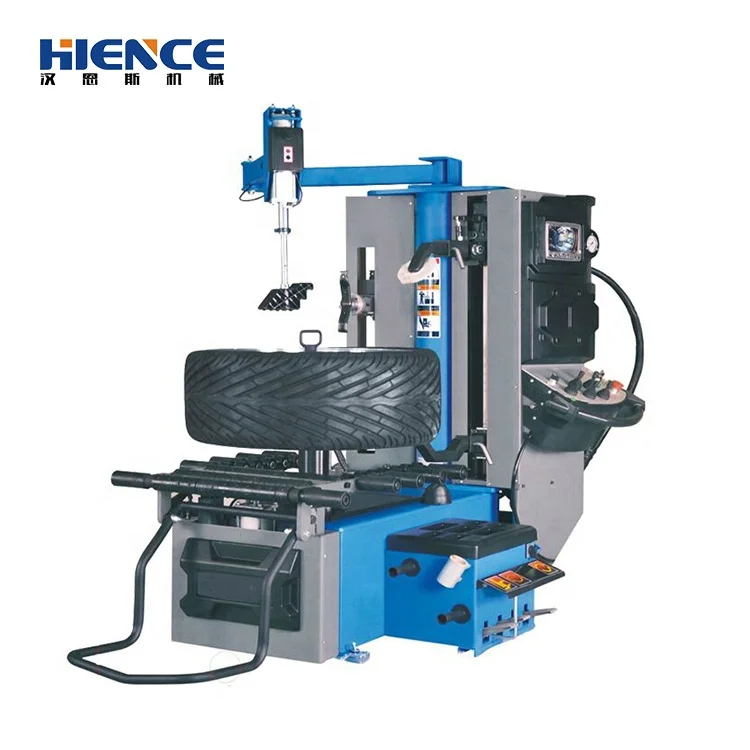 nine0005
nine0005
In general, damage limits depending on their location, size and speed category of the tire are given in special tables RemaTipTop, compiled according to the results of tests and tests.
When repairing with a cord, it is necessary use adhesiveFor example, regarding damage to the shoulder of a category Q tire (up to 160 km/h), repairs are allowed if the “injury” does not exceed a diameter of 8 mm. And damage to the sidewall can be repaired if it is no more than 35 mm long (along the side height) and up to 20 mm wide. nine0005
Second step: what kind of repair is needed? To get there - or capital? The fact is that the most common repair of a puncture with a cord is actually exclusively temporary - just to get to the station and overhaul the tire. And often the car owner asks to fix an expensive tire with a cord, which he puts on an expensive car - and stops there. And at the stations they “go forward” to him: they say, the consequences are at the expense of the customer .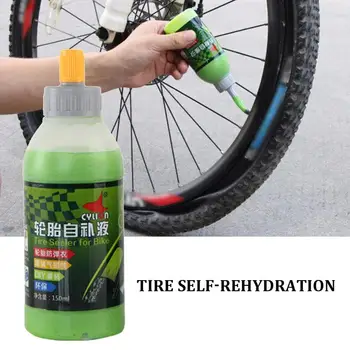 ..
..
But even with such a repair, some "masters" manage to cheat. The cord, before placing it in the puncture, is not even smeared with glue. There is a category of cords made of "raw" rubber (they are also called "snotty"). And it is mistakenly believed that glue is not needed for them. No - it's a must! nine0005
In addition, when repairing with a cord, it is necessary to form a hole with a burr to enter the repair material. And this is very often not done (on the principle - and so it will do!). For ten kilometers, maybe it will “get off” ...
Step three: puncture overhaul, after which the tire will reach its physical wear.
Fungi are installed at "vertical" punctures Here the choice of repair tactics depends on the location and area of damage. If the puncture axis runs perpendicular to the tread surface, then it is preferable to seal it with a fungus. If the puncture axis runs at an angle of more than 12 degrees from the surface, then a plug must be used.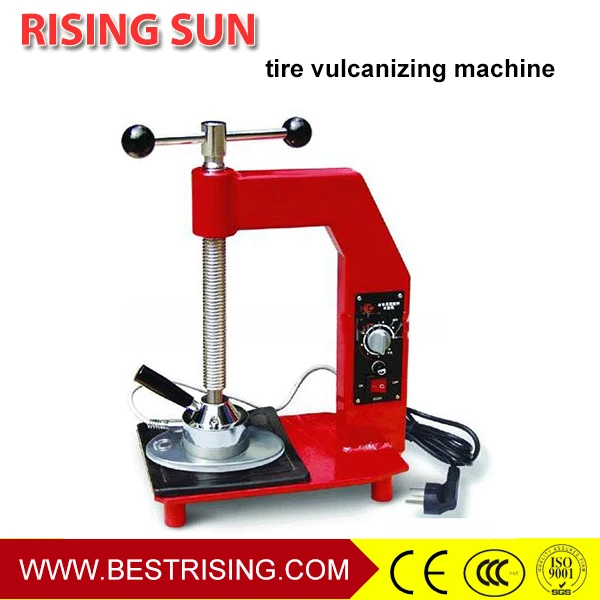 nine0005
nine0005
Tire repair fungus is preferred, but if the puncture is at an angle, the fungus head will not be able to fit snugly against the inside of the tire. And over time it can come off - which, of course, is unacceptable.
In principle, all actions of the wizard when using both fungus and cork are the same. The puncture is drilled with a burr with a diameter of 3 mm or 6 mm. The repair area from the inside of the tire is processed with a roughening tool - this is done so that the glue applied to the fungus cap or patch (if cork is used) firmly adheres to the surface of the tire. nine0005
But this is followed by an outwardly simple but obligatory operation - the dust formed after drilling and roughening is carefully removed with a brass or coconut brush, and then vacuumed. Moreover, simple “blowing” or brushing with a rag is unacceptable!
Processing with a special solution - required! Then the repair area is smeared with glue (the Germans call it "cement" - as it is written on the containers with it. In fact, this is a high-tech adhesive system) and a fungus or cork is introduced into the hole - from the inside of the tire! Moreover, until the moment of installation, it is impossible to remove the packaging from the fungus or cork - it can be easily removed when they are introduced into the hole to be sealed. After installing the cork, its excess is cut off - and the repair area is smeared with glue. A patch is applied on top. nine0005
In fact, this is a high-tech adhesive system) and a fungus or cork is introduced into the hole - from the inside of the tire! Moreover, until the moment of installation, it is impossible to remove the packaging from the fungus or cork - it can be easily removed when they are introduced into the hole to be sealed. After installing the cork, its excess is cut off - and the repair area is smeared with glue. A patch is applied on top. nine0005
Next, the fungus cap or plaster is rolled on. And it remains only to cut off the excess fungal stem or cork from the outside of the tire.
It is very important for temporary repairs with a cord and a major fungus or plug to use materials from only one company! The fact is that the adhesives themselves are spilled: some are based on hydrocarbons, and some are based on trichlorethylene. In addition, adhesives from different companies, even on the same basis, differ in composition. And therefore, in case of confusion, a reliable connection will not work - at best, it will last for some time.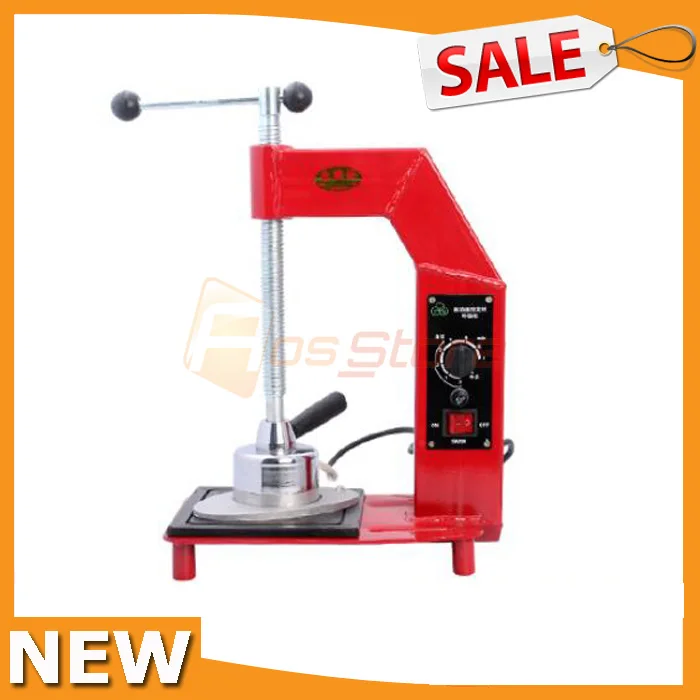 But - a little time ...
But - a little time ...
Fourth step: overhaul of large damage. Let me remind you that damage that exceeds a puncture, but does not exceed the maximum allowable, is considered large. With such damage, the tire is only scrapped - it is no longer possible to achieve the necessary reliability.
The technology of such a repair is simple - but there are no "extra" steps and steps in it. Outside, the place of damage is cut "under the funnel" - part of the damaged rubber is removed, the remains of the cord. From the inside, the place under the patch sticker must be roughened. nine0005 The plaster is a high-tech article
Then the dust must be carefully removed after processing with a vacuum cleaner - and this operation must not be skipped!
Further, the “funnel” is treated with a special solution: in the case of using the “Tip Top” technology, this is “MTRThermopress”.
And filled with raw rubber of the same brand as on the tire - heated strips or a special extruder.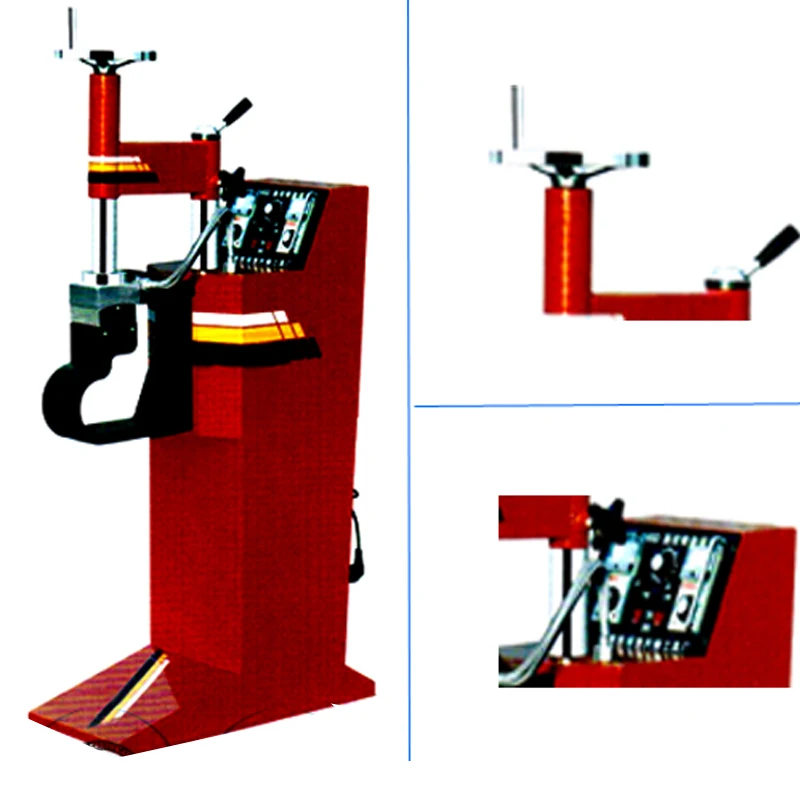 Raw rubber is treated with the same solution. And immediately closed with insulating foil for subsequent vulcanization. nine0005
Raw rubber is treated with the same solution. And immediately closed with insulating foil for subsequent vulcanization. nine0005
Please note - do not skip a double treatment with mortar, nor cover the vulcanization site with foil!
A plaster is applied from the inside of the tire to the damaged area. And be sure to roll with a special rolling - this stage also cannot be skipped.
Something about band-aids: don't try to save money by replacing the "branded" band-aid with a piece of rubber! In fact, a patch is a rather complex rubber product reinforced with synthetic or steel threads that coincide with the direction of the tire cord threads. nine0005
Patches are produced separately for bias and radial tires. For their correct orientation (it is very important!) Arrows are applied on each of them, which are directed to the sides. You cannot cut the patch "to size" - it cannot be cut at all due to the complex internal construction of the cords. Companies produce several sizes of patches - and you need to choose from them using the Type Top damage table.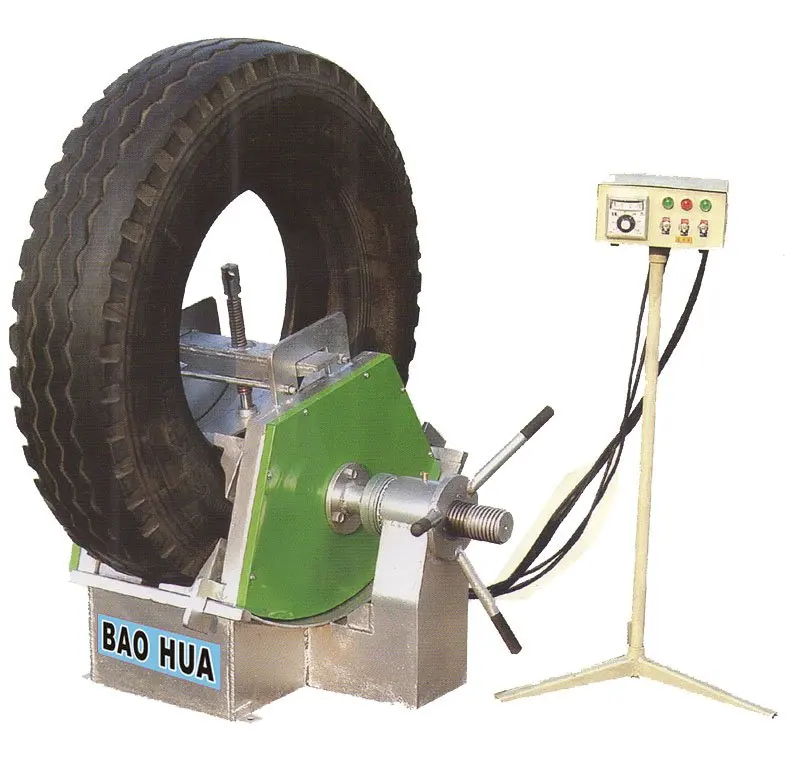
Naturally, the use of patches and adhesives with which they are glued, produced by different companies, is unacceptable - “cement” is applied to the surface of the patch, which needs to be smeared on the surface from the inside of the tire: only in this case the connection will be reliable and durable.
Step five: vulcanization. In order to vulcanize a “sandwich” of raw rubber, a tire and a plaster, it must be heated. But the problem is that vulcanizers, whose power allows you to warm up the entire volume of the repaired area, are expensive and consume a lot of electricity. In addition, they are bulky - the area of \u200b\u200bthe heating plate must exceed the size of any patch. So not every workshop can afford such a vulcanizer. nine0005
There is another solution - the so-called "two-stage" repair method. This is when a vulcanizer that is more affordable and consumes less electricity is only the site of damage.